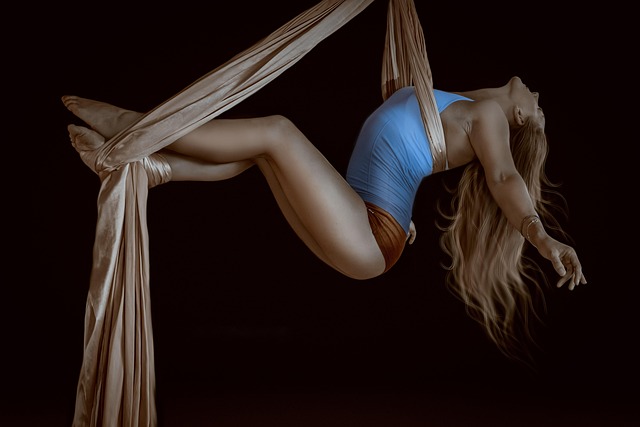Ultimate Guide to Cutting-Edge TV User Interface Design for Streaming Platforms
In today’s rapidly evolving digital landscape, streaming user interface design has become a pivotal element in shaping how viewers interact with their favorite content. As streaming platforms continue to dominate the entertainment space, the significance of delivering a seamless, intuitive, and visually stunning TV user interface cannot be overstated. This guide delves into the core aspects of TV UI design, combining the latest in display technology with smart visualization techniques to elevate user experiences.
Understanding the Impact of Display Technology on UI Design
The foundation of any great streaming user interface design lies in understanding the capabilities and limitations of modern TV monitors. Advancements such as OLED, QLED, and MicroLED have drastically enhanced color accuracy, contrast ratios, and refresh rates, allowing designers to leverage vibrant palettes and smooth animations without sacrificing performance.
The richness of these display technologies demands a thoughtful design approach. For example, OLED screens achieve perfect blacks, enabling darker-themed interfaces that reduce eye strain and enhance content immersion. Leveraging such traits ensures that UI elements like menus, thumbnails, and overlays seamlessly integrate with the streaming visuals rather than distract from them.
Technical Considerations for Next-Gen TV UIs
Streaming user interface design must also take into account the technical environments in which TV apps operate. Unlike smartphones or desktops, TVs often rely on remote controls with limited input methods, which necessitates UI designs optimized for easy navigation with a directional pad or voice commands.
Another crucial factor is latency and responsiveness. Streaming platforms must ensure that the UI reacts instantaneously to user inputs to maintain engagement — any lag can disrupt the viewing experience. Utilizing frameworks that are lightweight yet powerful, and adhering to best practices in coding and optimization, is essential for seamless performance on diverse hardware.
Visualization: Creating Immersive and User-Friendly Interfaces
The visualization aspect of streaming user interface design is where creativity meets functionality. Thoughtful use of typography, iconography, and layout contributes to a clean, organized browsing experience that caters to all demographics. Visual hierarchies guide users effortlessly from featured shows to personalized recommendations and search functionalities.
Additionally, incorporating interactive elements like hover previews, dynamic thumbnails, and contextual animations can make content discovery much more engaging. These visual cues help users make quicker decisions and foster a sense of exploration, which is crucial to retaining viewers within the platform.
Optimizing for Different Screen Sizes and Viewing Conditions
Not all TV monitors are created equal. From compact smart TVs in kitchens to massive living room setups, varying screen sizes and resolutions require adaptive UI designs. Streaming platforms must use responsive layouts that adjust typography sizes, button scales, and content positioning to ensure readability and ease of interaction across devices.
Moreover, ambient lighting conditions in typical viewing environments influence design choices. Dark modes, adjustable brightness levels, and contrast tweaks help enhance visibility without overwhelming the user. These details foster comfortable long-term viewing and underscore the platform’s attention to user well-being.
Final Thoughts on Building the Future of Streaming UIs
The future of streaming user interface design hinges on embracing technological advancements and placing user needs at the forefront. By combining state-of-the-art display technology, smart navigation, and engaging visualization strategies, streaming platforms can craft TV experiences that captivate and delight audiences globally.



